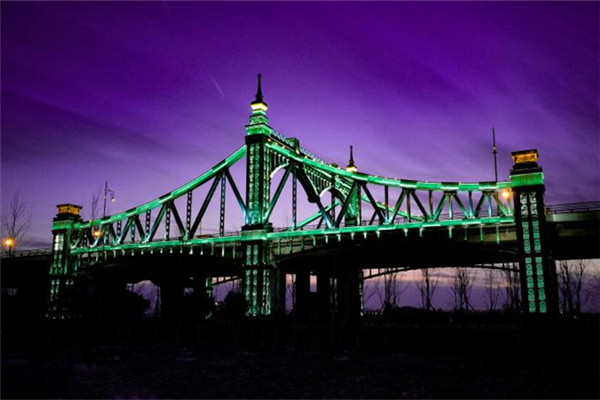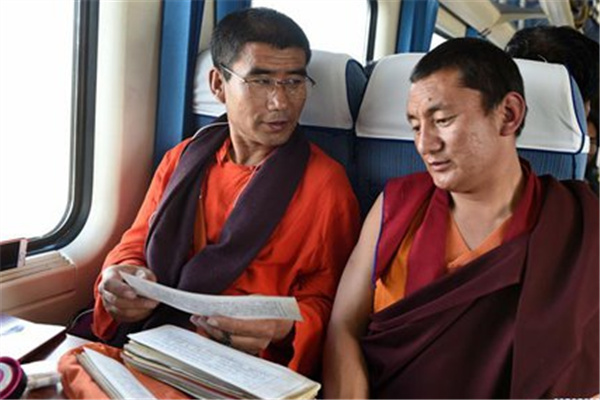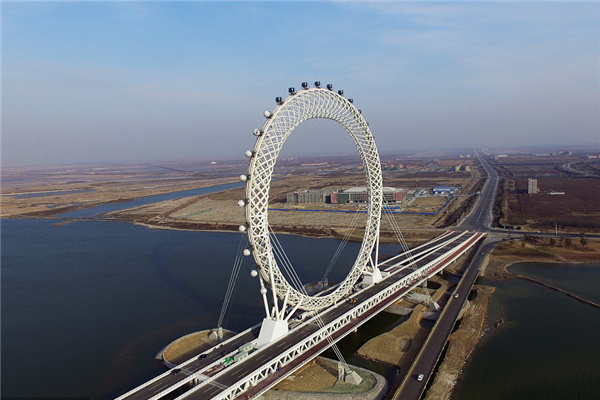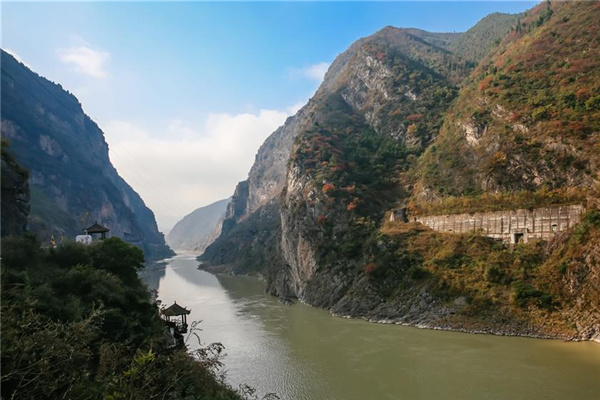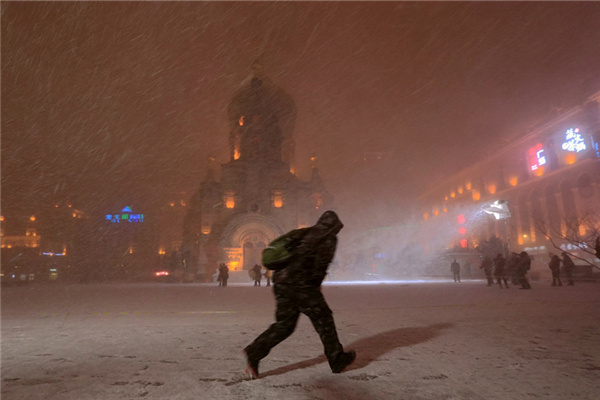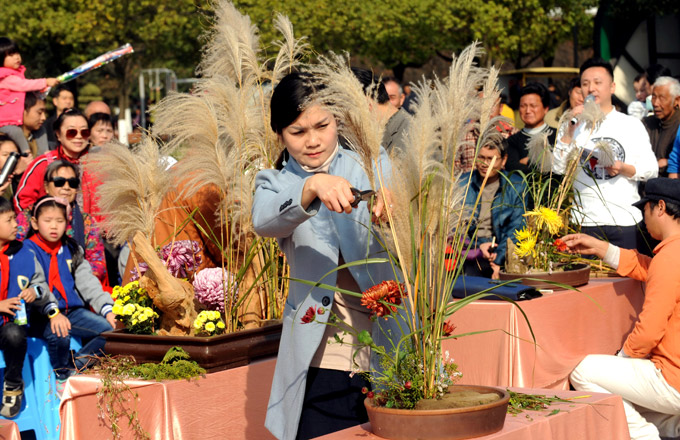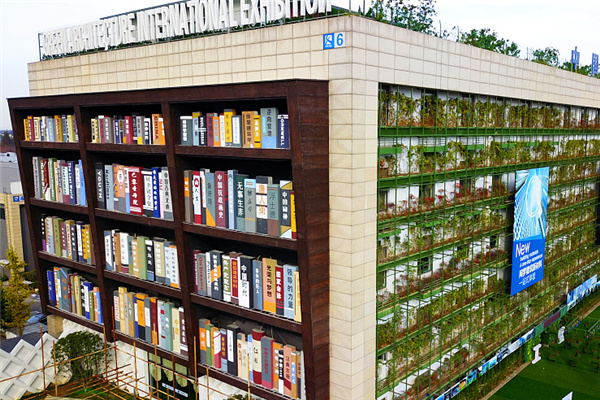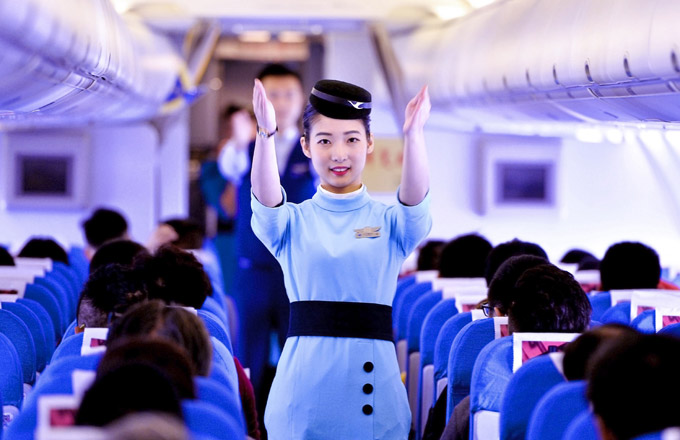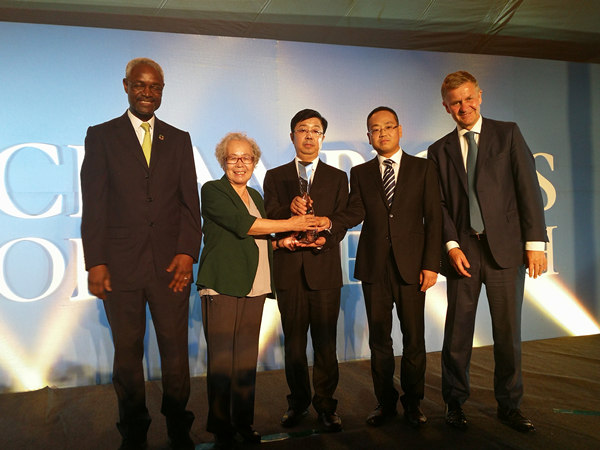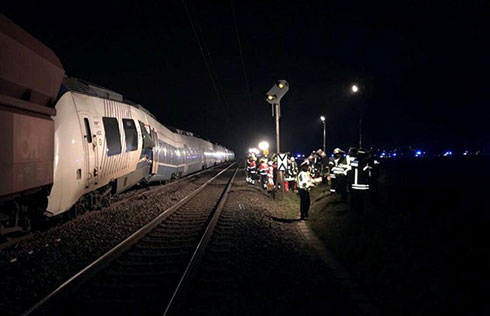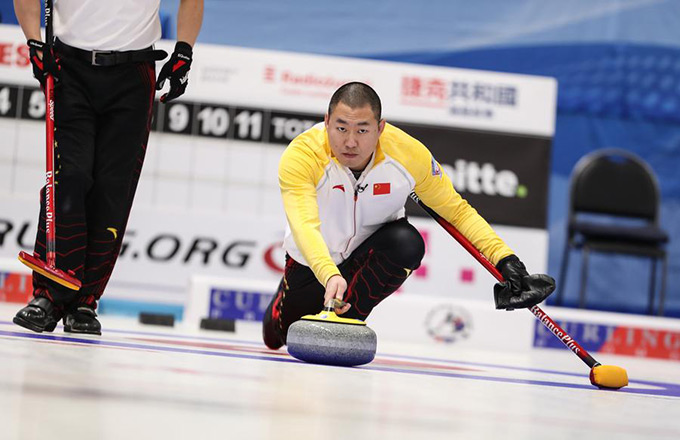


In a country that annually drank an estimated 10.4 billion cups of coffee during the past 10 years, can you imagine when coffee wasn't welcome early in the 20th century?
Indeed, that's the real story in China.
French missionaries first brought coffee to China in the early 1900s. But foreigners were surprised because they could not find any java lovers due to the tea culture's deep roots in the country.
After ten decades, things have changed and coffee now plays significant role in many Chinese people's lives and a large part of the change is due to a Swiss food and beverage giant.
"It was a long and difficult course to combine the western coffee culture with the eastern tea culture in the country," says Patrice Bula, chairman and CEO of Nestle China.
But he says Nestle's success is owed to the country's efforts to open its markets, as well to open minded locals who want to try something new.
So far, the company has also grown to be the country's largest foreign food provider of milk, coffee, ice cream, water and nutrition solutions.
It has gone from less than 100 employees to 13,000 employees in China, from no factory to running 20 factories and two R&D centers here.
"(The cooperation with China's government) also makes us want to continuously show our commitment to local people and local government," says Bula.
As Bula says, the story of Nestle China is about early commitment, long-term thinking and quality commitment.
Early commitment
Since 1874 Nestle has sold its products in Hong Kong, originally sweetened condesed under the Eagle brand.
In 1908, the company established the first sales office in Shanghai for running trading activities in the country.
"It was a hard era for Nestle. If we wanted to transport our products to Hong Kong, we needed several months to travel by ship because it was such a long distance," Bula recalls.
But the early business communication with China depended on two core values of Nestle's globalization strategy - trust and patience, says Bula.
"Success didn't come the day after we came here," Bula says, smiling.
In 1979, just one year after the country's historic economic reform and opening-up, Nestle was asked by the Chinese government to form a joint venture to contribute to China's dairy industry. From then on, as the first foreign food provider in the domestic market, Nestle participated in China's economic boom.
So far, the China operation has racked up 13 billion yuan in sales over the past 20 years and kept its foreign leadership in the country's food industry.
Winning the local market
However, the food giant's first investing action surprised some in the early 1980s. Different from other multinational companies, Nestle didn't choose Shanghai, Beijing, Guangzhou or other big cities to locate its first milk products factory in China, but instead in Shuangcheng an small city in Heilongjiang province.
"It was a huge challenge because when we decided to build the plant in Heilongjiang province, there were no cows or infrastructure," Bula recalls. "We started from basically nothing."
After the announcement about the Shuangcheng plant, Nestle kept a low profile for about four years. When it came back into the limelight at the end of 1990, Nestle had a modern factory with advanced processing equipment and a large dairy operation, collecting milk directly from 25,000 farmers.
So, what was it doing during the seven-year "secret" period"?
Bula says the company was also building a better basic infrastructure land, training local farmers on how to care for the cows and how to make milk products.
The goal was seeing a win-win situation with farmers making profits and the local government experiencing economic growth.
And "we also win because we get high standard milk products from our plant," he says.
The Shuangcheng plant has since grown to be Nestle's second largest overseas milk processing factory.
Relating with local people
"We have strong belief that food is local," says Bula.
Nestle believes that when it brings in new products, it should be very careful to connect with local consumers. "In China the relationship with local consumer depends on whether we can combine our products with the Chinese culture," according to Bula.
The remarkable success of bringing coffee into Chinese market is an example.
For a country with hundreds of years of tea culture, it was difficult to sell it suddenly. "At that time, coffee had a reputation for tasting acidic and bitter," he says.
But it was also obvious Chinese people were open to new ideas, says Bula.
Together with the country's developing TV broadcasting industry, a famous ad slogan promoted Nescafe to Chinese people as: "The taste is great."
And the younger people bought it.
"It's a special memory for me and people in my (40-something) generation. After classes, increasing numbers of students went to the cafs in our university to buy a cup of coffee and enjoy a fashionable life style," says Liu Xin, a Beijing resident who graduated from Peking University in 1988.
After the first success, Nestle made a decision to target young consumers aged from 18 to 25 for its coffee products. Because it would be easier for young people, they would be the next generation of the country's core consumers in the near future, says Bula.
Soon after that, the Nestle brand and Nescafe ads appeared in most Chinese universities.
But Nestle was also feeling competitive heat from the increasing number of multinational companies, so it went to Yunnan province to help farmers grow coffee.
From this, Yunnan has grown to be the country's largest base for coffee beans.
"We are a company that comes and creates value locally. At present, 99 percent of what we sell here is made in China," the CEO says.
"This is the best thing we can do to build the image of 'Made In China'," he says.

(China Daily 12/15/2008 page3)
